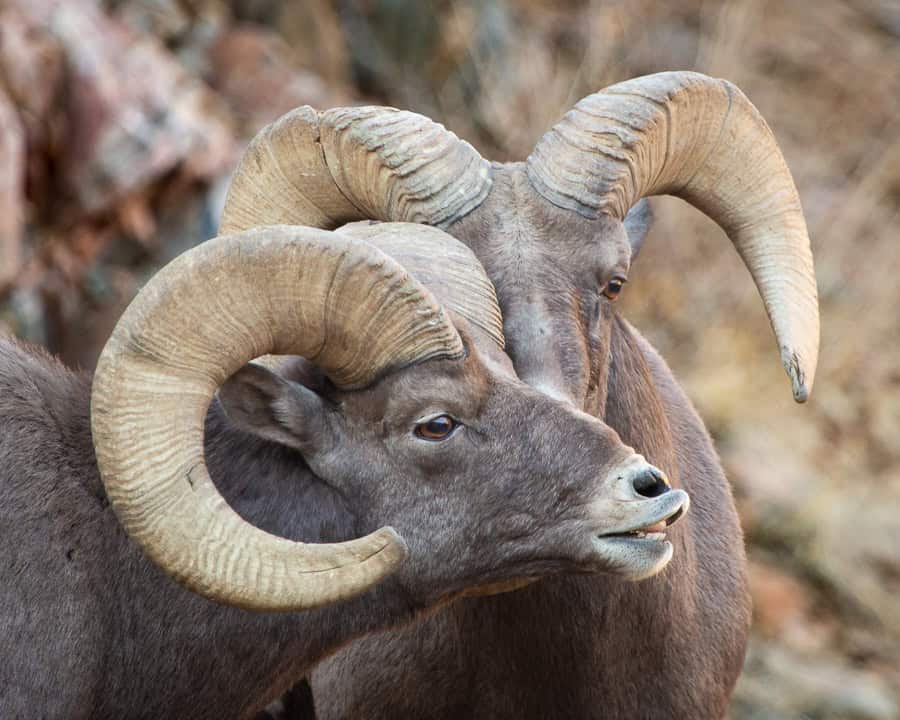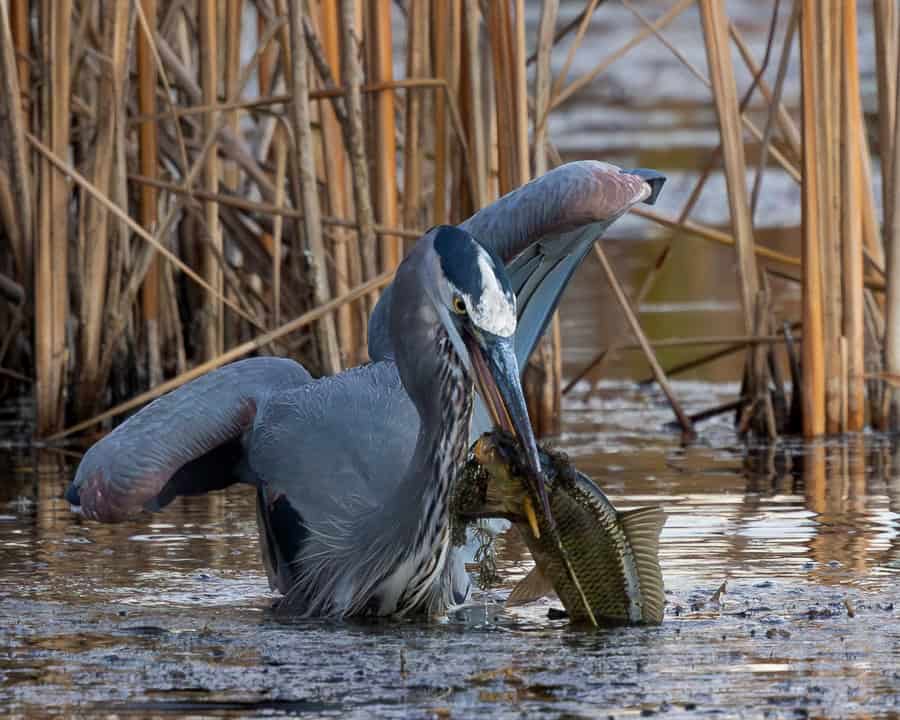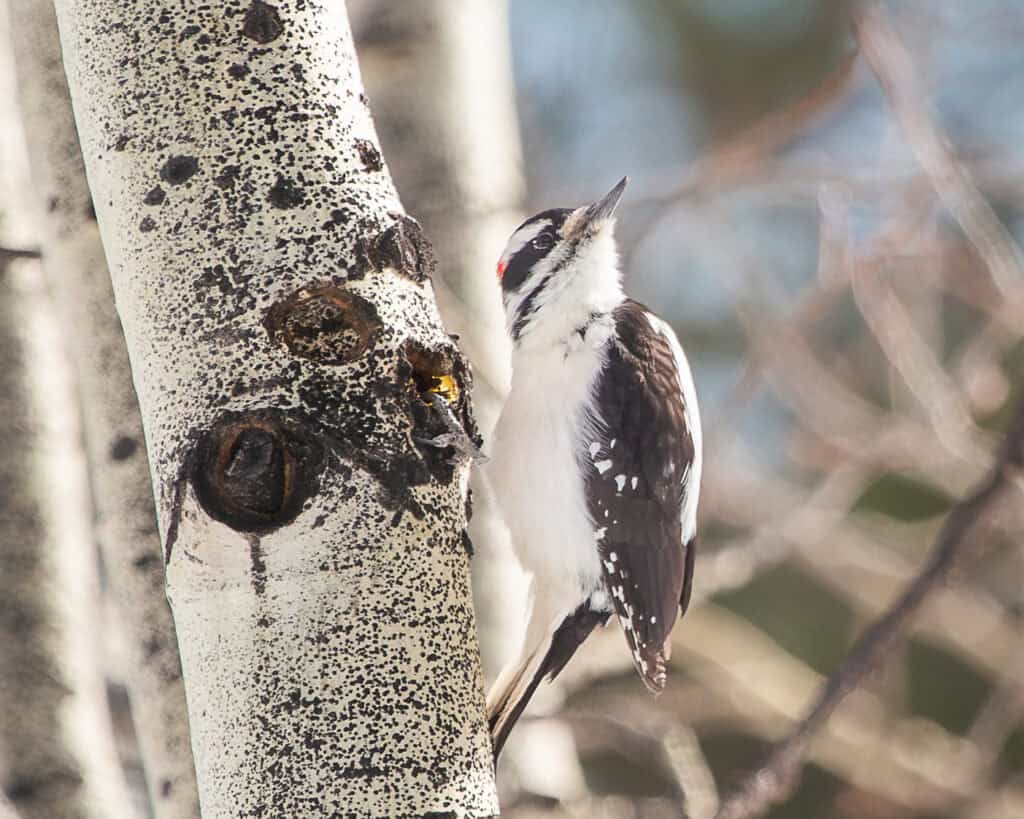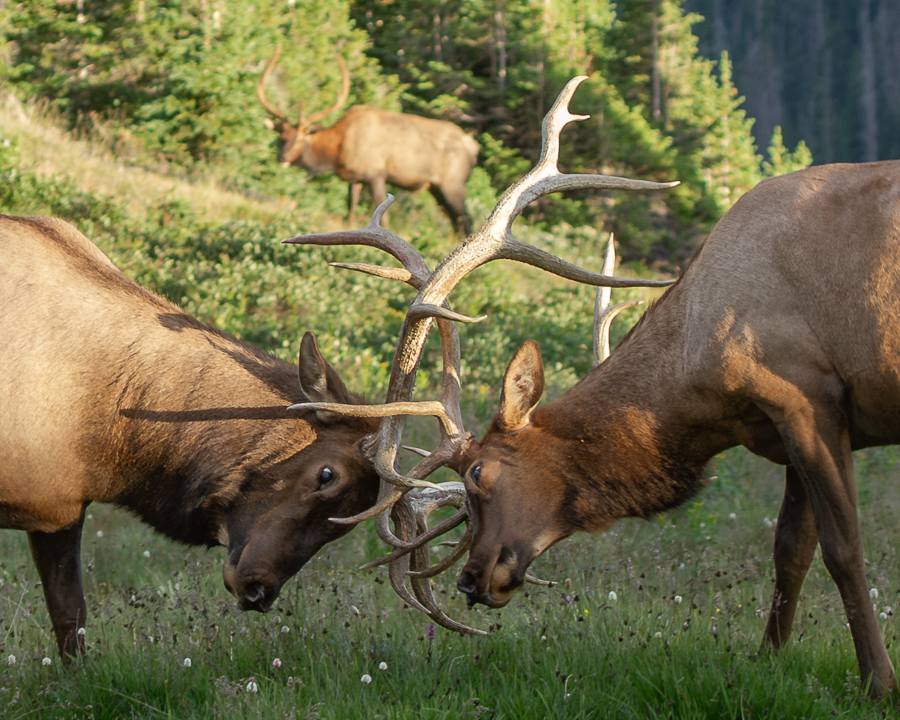With the arrival of spring comes the introduction of another generation of new life to continue the grand cycle. The migratory birds come back and build nests to accommodate their own mating and subsequent chicks. Bears emerge from their dens bringing with them new cubs birthed in the dark silence of the hibernation home of mother. One of my personal favorites that we can see with a little more ease, as they are commonly close neighbors, are the fox kits.

By now, kits are likely already born and romping about in play as they explore their new world. Kits tend to stay with their parents in the den for many weeks before they are big enough and trained to hunt and live on their own. Adult foxes typically only make a den if a litter is expected. Often the entire family will move out together, with the youngsters still inhabiting their birth territory until the adults convince them to find their own. Mortality rates for fox kits are as high as 70%. Sadly this only leaves one or two kits to compete with the parents once they are given “the boot”.
Red foxes are the most prolific carnivores to inhabit the earth. Their natural range extends throughout most of the northern hemisphere, from the Arctic Circle all the way down to North Africa. Also, they have also been successfully introduced in Australia and a few other locations in the southern hemisphere.
Being such fruitful and resilient creatures, they can acclimate to a wide variety of living conditions. This often equates to their frequently choosing to live quite close to or among humans. This willingness to accept humans is both a boon and a bane. While our presence provides natural protection from larger predators, we also contribute to their own mortality rates, typically with automobiles.
A litter of red foxes can produce quite a variety of looks. The typical coat is a standard light brown that transitions to the traditional red as they get older. Slightly darker, sable coats can also be seen. While most of these kits also transition to red as they age, some retain a darker, more richly colored coat into adulthood. Melanistic foxes can also be found in a litter, such as the one featured in this week’s photograph. Still a red fox, they will retain the darker coat into adulthood and are often referred to as a Silver Fox. Melanistic foxes are considered to be quite rare (approximately 0.1% of the North American population of red foxes), but we do tend to see a good number throughout the front range.
Urban legends make some interesting claims as to the variety of fur colorings we see here, but they are only truly naturally derived. I have heard a few variations of a similar story over the years from several different individuals regarding fur farms that existed until the mid-20th century, industry decline, and subsequent release of the animals. I have heard from more than a few folks that during WWII the Russian fur industry flooded the world markets, lowering the price to unsustainable levels. I have also heard that post-war trade between the U.S. and Russia involving tungsten being traded for furs subsequently flooded the market producing said unsustainably low prices.
While the stories differ, both came to the same conclusion that once the farms began their decline, the animals were released into the wild rather than being harvested, thus increasing the color variety we see today. My own research found little in historical facts to allow me to conclude if these stories were true or purely anecdotal. I did find an article referring to a farm near Breckenridge that specialized in silver foxes, which could provide evidence of an increase in the number of melanistic foxes we see, but nothing substantial otherwise supporting the ideas of increased color variance. The release of animals would merely result in a larger number of foxes possibly surviving into the 21st century.
Whatever the case may be, I find these creatures to be wonderful neighbors. They do quite a solid job of keeping rodent populations down, so it behooves everyone to not feed them and remove their need to hunt. I like to advise folks, unless you love those pesky voles digging up your yard and gardens, don’t leave out the snacks. They are also wonderfully adorable to spend time with, especially when they are still just goofy little floofs, frolicking about outside of the den.
Originally published in The Mountain-Ear






